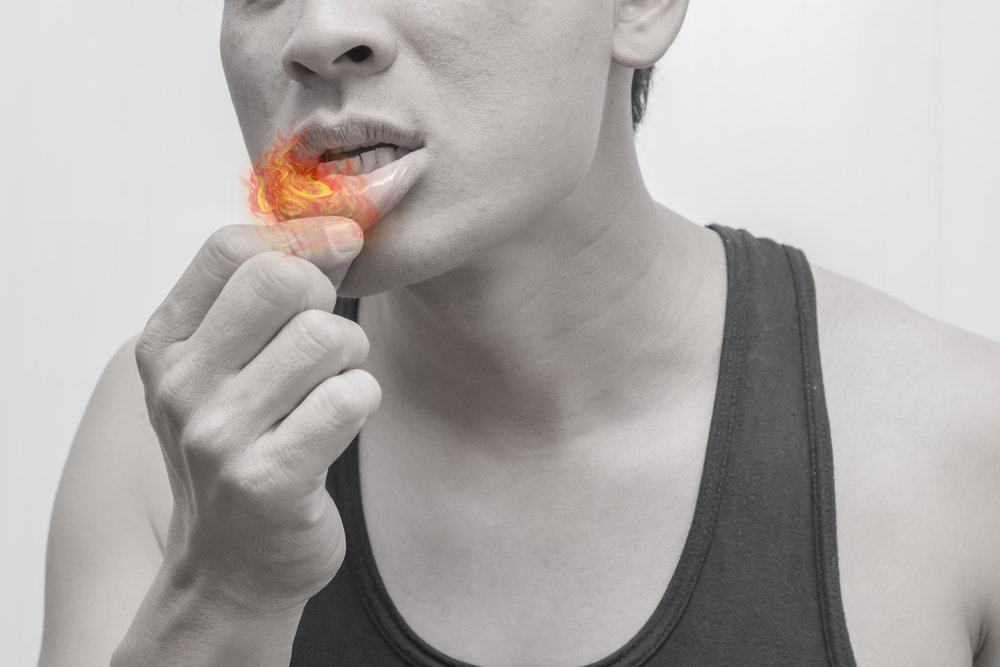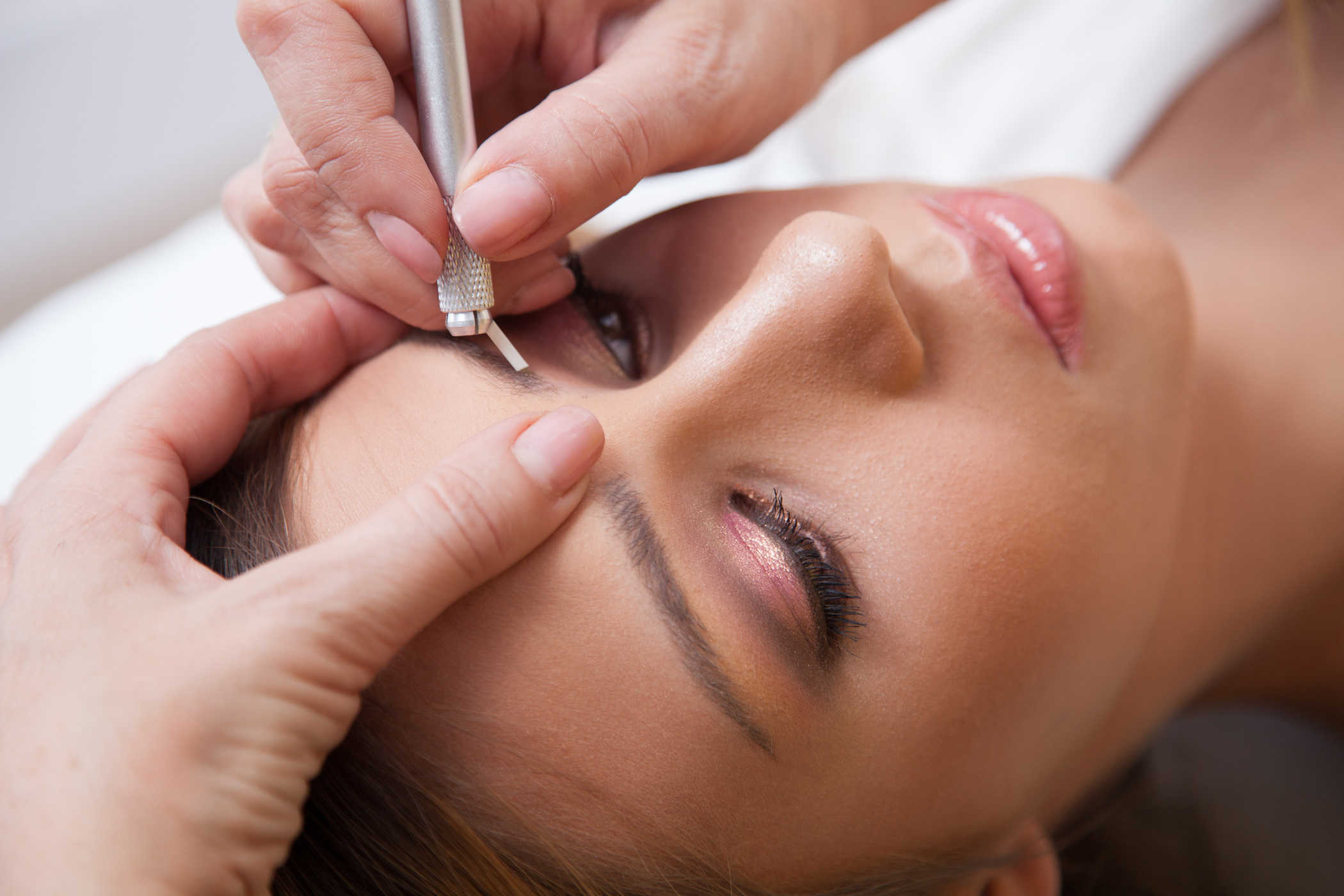Contents:
- Medical Video: Medical Animation: HIV and AIDS
- How is canker sores formed?
- Could it be that canker sores transmit HIV?
- Oral sex
- Kissing
- Sharing cutlery
- What if I do these things?
Medical Video: Medical Animation: HIV and AIDS
Thrush that is medically known as aphthous ulcers is one of the most common disorders in the inner mouth. Almost everyone has experienced it. When canker sores appear, you will also feel uncomfortable when eating, drinking, or talking. Especially if your canker sores are large enough and not just one in number. It just feels like closing your mouth as long as canker sores are still perched on the inside of your mouth.
Because it often appears to anyone and is of no harm, canker sores are usually not considered a serious problem. However, canker sores can be a concern for some people because many say that there is a risk of canker sores transmitting HIV. HIV itself is a virus that attacks the resistance of the human body. Transmission can occur through body fluids and blood. This is what causes many people to be afraid of contracting HIV through canker sores. To find out more about the risk of HIV transmission through canker sores, first consider the following points.
How is canker sores formed?
Sprue usually occurs on the inside of your mouth, for example on the lips and inner cheeks, tongue, or throat. The appearance of canker sores is usually marked by the appearance of a type of small reddish spot or lump that feels sore and uncomfortable. The longer, small lumps will enlarge and fill with pus or fluid similar to blisters. On average this lump is formed by one centimeter, but it can be even bigger.
There are many risk factors that invite canker sores, for example wounds from the tongue or the inside of your cheeks are bitten, lack of sleep, stress, lack of vitamin B and iron, allergies, and side effects of certain drugs. Usually you will also become more vulnerable if canker sores often attack other members of your family.
Could it be that canker sores transmit HIV?
Only blood and some types of body fluids can carry and move the HIV virus to others. Body fluids in question are semen, praseminal fluid, vaginal fluid, rectal fluid, and breast milk (ASI). Transmission is also only possible if there is direct contact between blood or body fluids of people with HIV with other people's blood or body fluids.
Sprue is an open wound on the inside of the mouth which in some cases contains blood (blood blisters) The presence of open wounds and blood indeed allows the transfer of the HIV virus from one person to another. However, the case of canker sores transmitting HIV is very rarely found. Consider a number of possibilities that can increase the risk of the following HIV transmission.
Oral sex
Unlike saliva containing enzymes, pubic fluids such as semen and vaginal fluids are the nest for the HIV virus to multiply. This means that if you are having thrush do oral sex without a safety device (condom) with an HIV sufferer, you run the risk of contracting the virus. Transmission occurs because semen or vaginal fluid is in direct contact with blood or an open wound on your canker sores. The risk of transmission will also increase if there are injuries to the genitals of people who have HIV because there can be direct contact between your blood and the blood of your partner who has HIV. To avoid the risk of canker sores transmitting HIV, always use a condom even if you do not have vaginal penetration or anal sex.
Kissing
The HIV virus cannot move through saliva (saliva). However, if people with HIV have thrush or sores on the mouth (whether on the gums, tongue, or lips), the blood containing the HIV virus is at risk of migrating to people who are also having thrush. In other words, the HIV virus does not move through saliva, but through direct contact with the blood and wounds of the two people who kiss. If you have canker sores and kissing people with HIV who have no wounds or canker sores, chances are you have contracted HIV very little or even none at all. This is because the saliva in your mouth contains an enzyme that can directly kill the HIV virus that lodges in the blood and wounds. So, although there is indeed a risk of HIV transmission if both people with canker sores or kissing wounds, the chances are very small.
Sharing cutlery
As explained before, saliva not carrying the HIV virus so that you might get HIV from eating utensils of people with HIV almost nothing. Likewise with water or food attached to cutlery. So far there have been no cases of HIV transmission that have occurred due to mutual borrowing of cutlery. If the blood or wound of a person with HIV attaches to a cutlery such as a spoon or straw, the HIV virus contained will die within a few seconds. So, when you are having thrush using the same spoon afterwards, the risk of contracting the HIV virus is very small because there is no direct contact between you and people with HIV.
What if I do these things?
If you are not sure whether there is direct contact with someone who has the HIV virus, immediately consult a health facility for a blood test or antibody test. The only way to make sure you are free of the HIV virus is only by testing for HIV. The sooner you detect the HIV virus, the more effective it will be to control the symptoms that you can try.
READ ALSO:
- Why are same sex types more at risk of HIV?
- 3 Groups that are at Risk of contracting HIV / AIDS Other than Gay and CSWs
- Uncovering 4 of the Most Common Myths About Oral Sex












